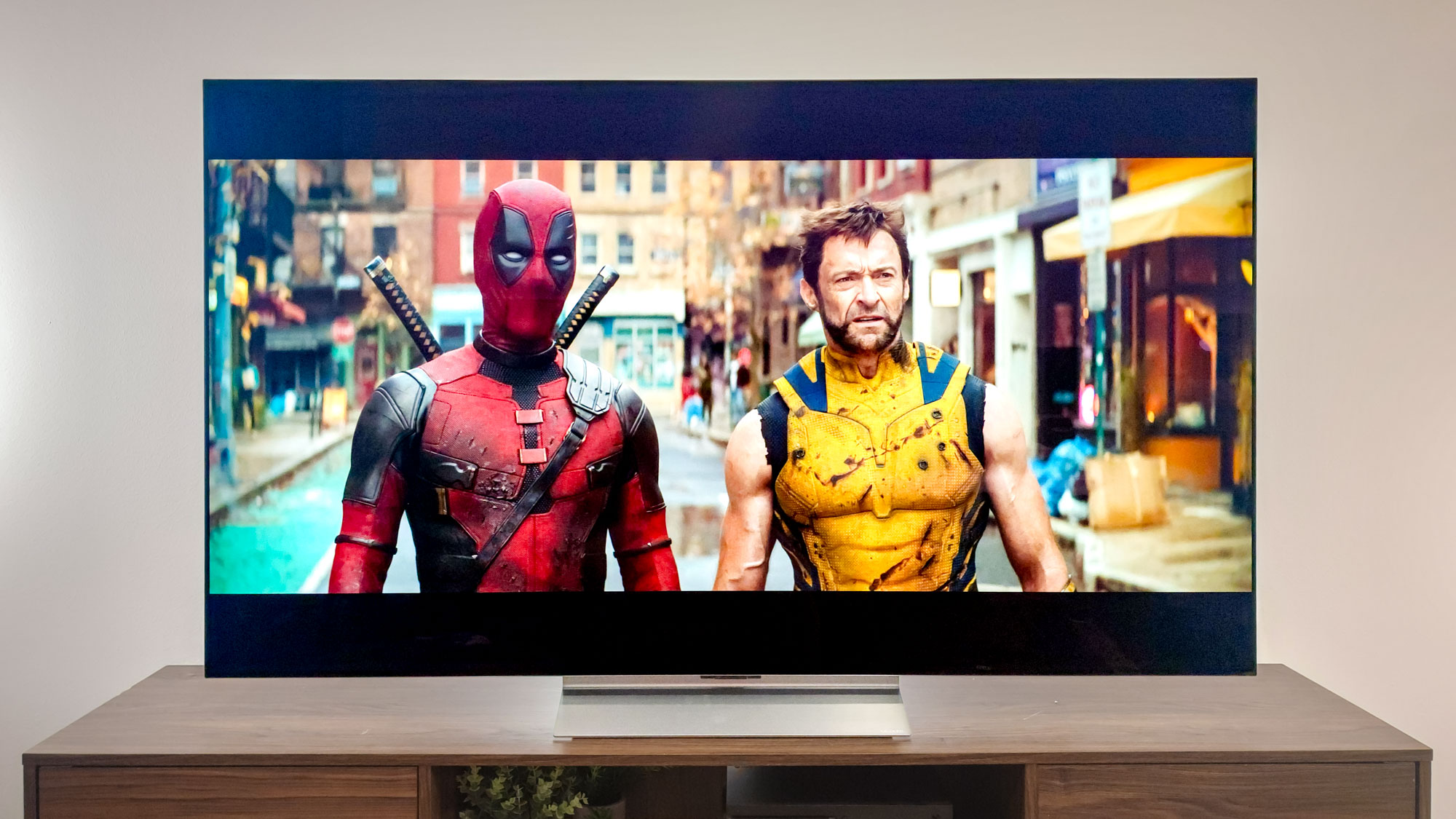Tom's Guide Verdict
The Huawei P30 is an attractively priced phone with plenty of power and photographic potential, even if it doesn't match what its more expensive sibling, the P30 Pro, can do. Unfortunately, like other Huawei phones, the P30 is hard to buy in the U.S.
Pros
- +
Versatile and high quality photography
- +
Long battery life
- +
Fast processor and lots of RAM
Cons
- -
Tricky to get in US
- -
External speaker has poor sound quality
- -
Bloatware
Why you can trust Tom's Guide
Budget versions of top-end smartphones are now a critical part of the smartphone market. For every iPhone XS or Galaxy S10, we get an iPhone XR or S10e that trades some features for a more affordable price.
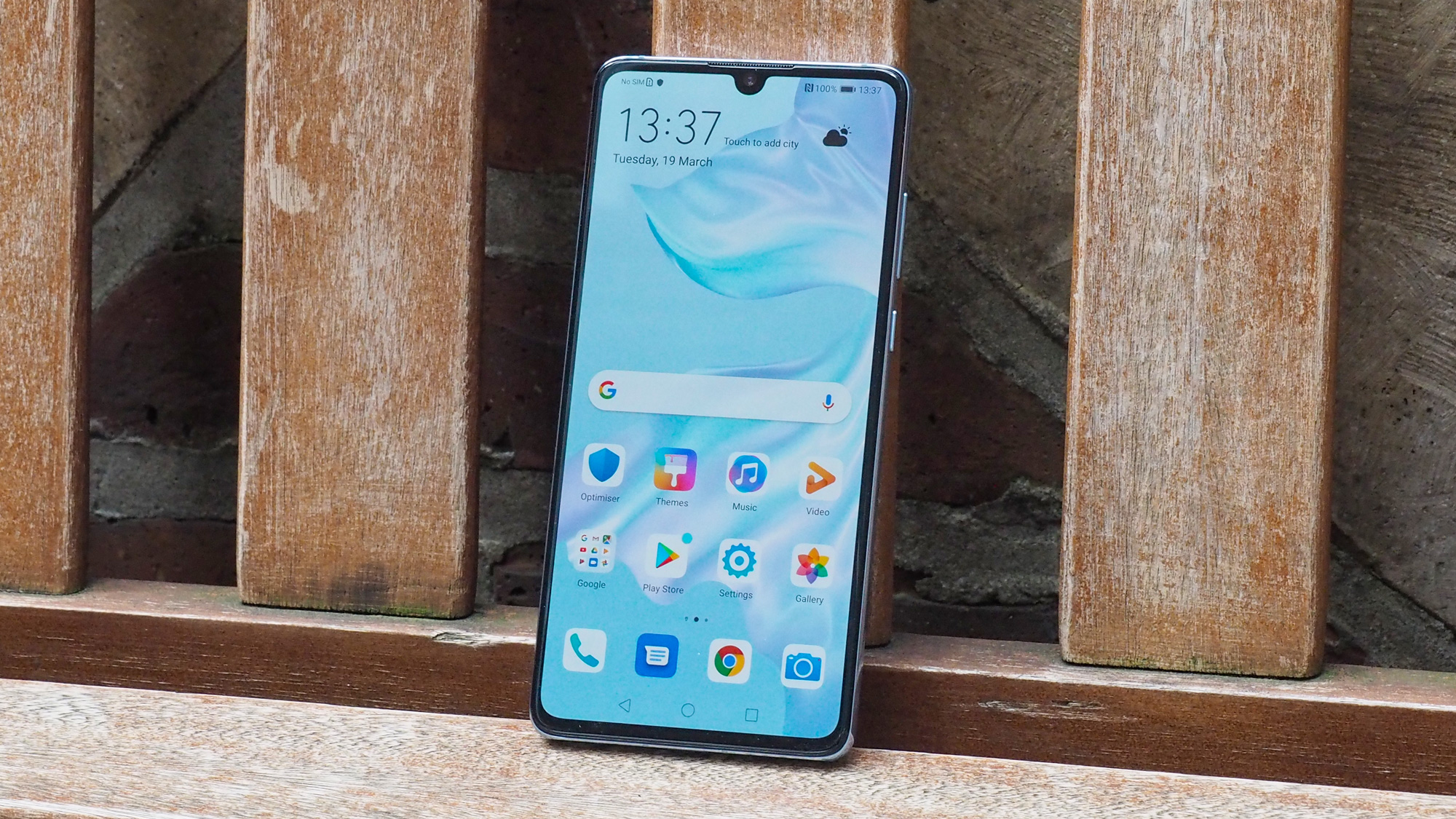
Enter the Huawei P30, a slightly stripped-back version of the excellent P30 Pro. The P30 loses few of the headlining pieces of tech found in the Pro model in exchange for a £/$200 or so price cut. Many of the good things about the P30 Pro are still present on the P30, making it easy to recommend the lower-cost model. If you can control your feelings of jealousy toward P30 Pro owners, you'll likely be pleased to have the Huawei P30 in your pocket.
Huawei P30 Cheat Sheet
- The P30's zoom and wide lenses are lower quality than the P30 Pro, but it still produces awesome pictures, thanks to a fantastic main camera and processing software.
- Even with a battery a little smaller than you might want, the P30 should go a day or two of heavy use without needing a charge.
- The P30 is stylish and has a large enough display for most people while remaining fairly compact in size.
- The sound from the single external speaker is disappointing — make sure you use it with headphones!
- The Kirin 980 processor and up to 8GB RAM deliver solid performance.
- The P30 is easy to buy in the U.K., but in the U.S., you'll have to look a little harder.
Price and Availability
In the U.K., you can buy the P30 from a few places, including Carphone Warehouse, EE, Three and O2. But the best deal is from Amazon UK, which sells the model with 6GB of RAM and 128GB of storage that I tested for this review for £599. That’s £100 less than the P30's list price. There's a choice of four colors, too — Black, Amber Sunrise, Aurora (pictured in this review) and Breathing Crystal.
In the U.S., you can get the Huawei P30 from a domestic retailer — B&H Photo — which is a rarity of Huawei phones. B&H is selling the 6GB/128GB in Black, Aurora or Breathing Crystal, for $599. B&H sells the Latin American version of the P30, meaning that while the phone will work on most GSM-based carriers (e.g.. AT&T or T-Mobile), it's worth checking to see if the SIM you want to use is compatible with the bands on offer.
Design: Not as pretty as the Pro, but still beautiful
You'd think the P30 and P30 Pro would have similar designs, but the difference between the two models is surprisingly significant. The P30 doesn't offer the Pro's curved-glass surfaces so the most notable thing about its front is a water-drop notch, making for an uninspiring first impression.
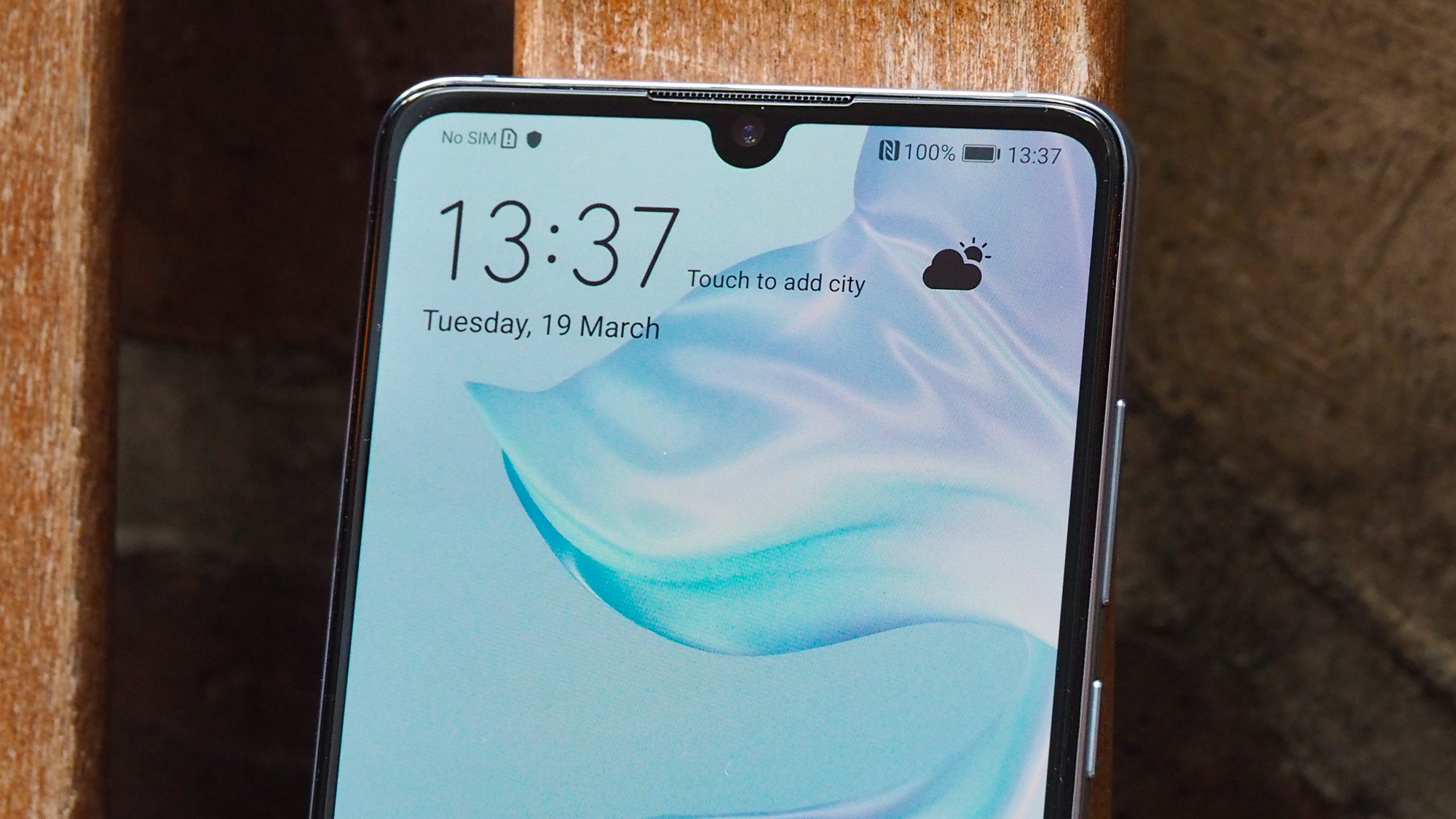
Fortunately, it's more of a party around the back. Three of the four available colors come with pearlescent effects that give the P30 a more dynamic feeling even when you leave it on a table. The phone's compact but intriguing triple-camera array, arranged vertically in the top left corner, also looks impressive.
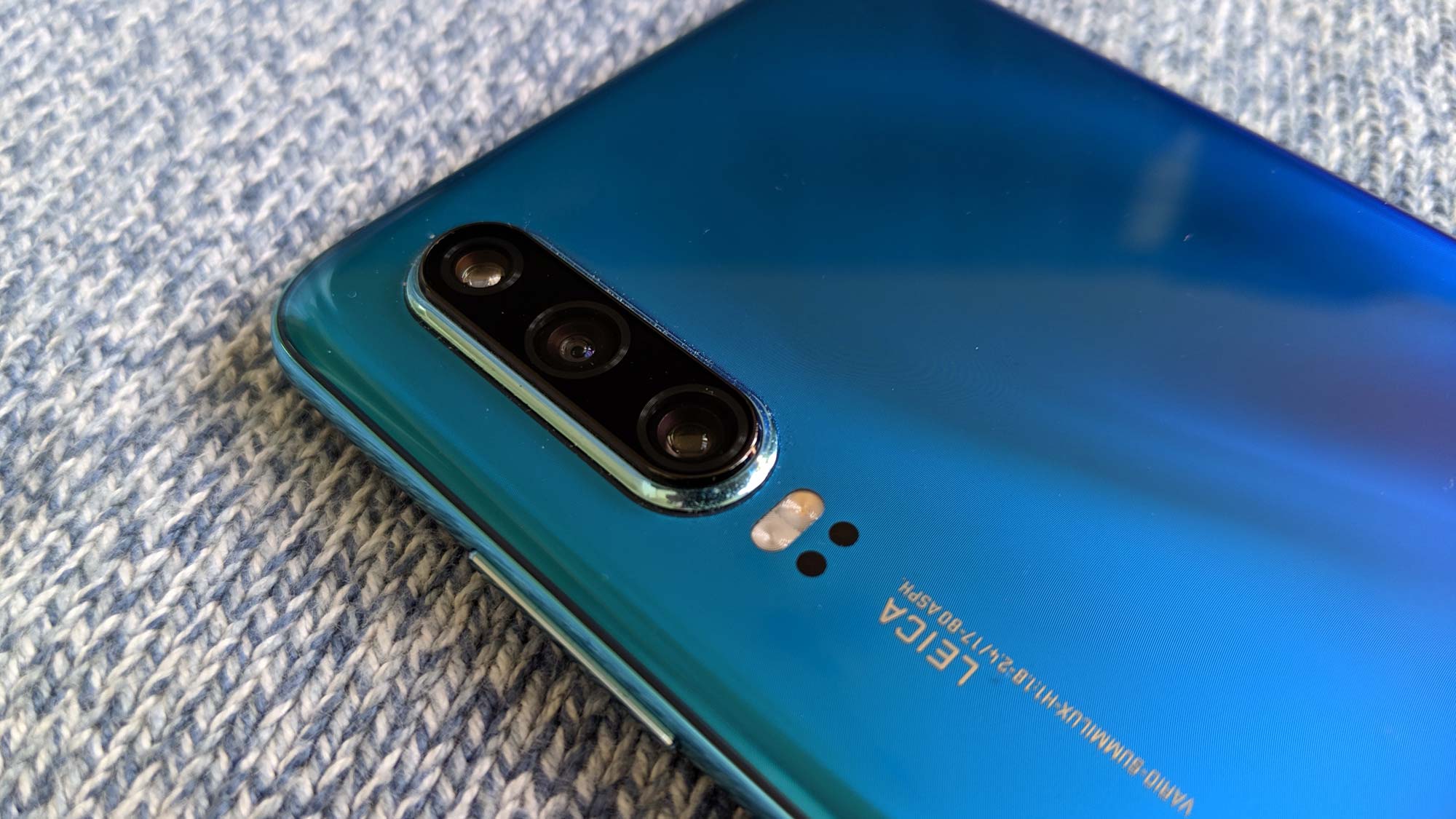
Beyond pure looks, though, there's nothing wrong with the P30's design. The P30 is a little smaller than the P30 Pro, but not by much, with a 6.1-inch screen instead of a 6.47-inch one. It's a pleasantly light device to hold. too. At 165 grams (5.8 ounces), the P30 is around 30 grams, or 1 ounce, lighter than an iPhone XR despite having a slightly larger screen. That, combined with its more compact frame, makes the P30 very comfortable to hold.
Huawei P30 Specs
| Price | £699 (U.K.); $699 (U.S.) |
| OS | Android 9 Pie with EMUI 9.1 |
| Screen Size (Resolution) | 6.1-inch OLED (2340 x 1080) |
| CPU | HiSilicon Kirin 980 |
| RAM | 6GB, 8GB |
| Storage | 128GB |
| Expandable Storage | Yes; nanoSD |
| Rear Cameras | 40-MP main (ƒ/1.8); 16-MP ultra wide angle (ƒ/2.2); 8-MP telephoto (ƒ/2.4) |
| Front Camera | 32 MP (ƒ/2.0) |
| Battery Size | 3,650mAh |
| Dust/Water Resistance | IP53 |
| Size | 71.36 x 149.1 x 7.57 mm |
| Weight | 165g |
Display: A colorful screen
The 6.1-inch OLED screen on the P30 with Full HD+ resolution isn't a revolution in display tech, but it's still very good. Catching up on the newest series of the British police drama Line of Duty was an enjoyable experience with this phone, as the screen ably displayed both the outdoor night scenes and the starkly lit interrogation room. It's just as good with brighter shows, too, with Tuca and Bertie popping off the P30 screen with lively colors and strange imagery like a bowl of oddly shaped jelly beans.
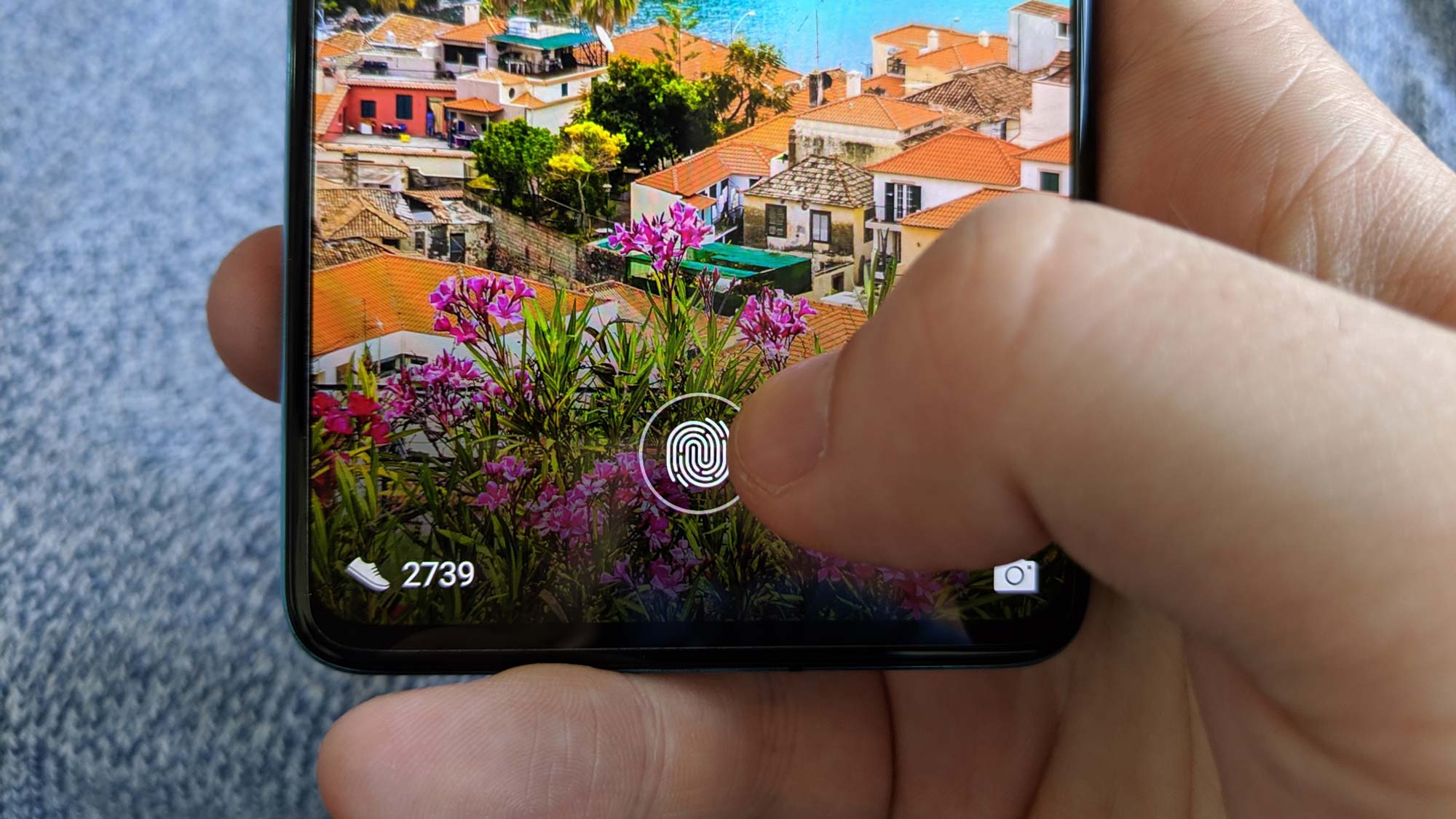
The P30 features a fingerprint sensor underneath that display, and the P30 can be very picky about how it wants you to press your thumb onto the phone. In my first days using the phone, I rarely got it to unlock on my first try, and ended up locking myself out more than once (albeit just for a minute at a time). These troubles leveled out once I’d used the P30 for a longer period, but this isn't an issue I've had with other in-screen sensors. The P30 also offers a face-detection option to either unlock your phone outright or let you see lock-screen notifications you've set to stay hidden.
Audio: Not a great sound
Just as the P30 Pro uses only its bottom speaker for playing audio out loud, so does the P30, even though it uses a normal call speaker instead of the sub-display speaker on the Pro. The speaker is perfectly functional, but at this price, you’d hope for something a little better.
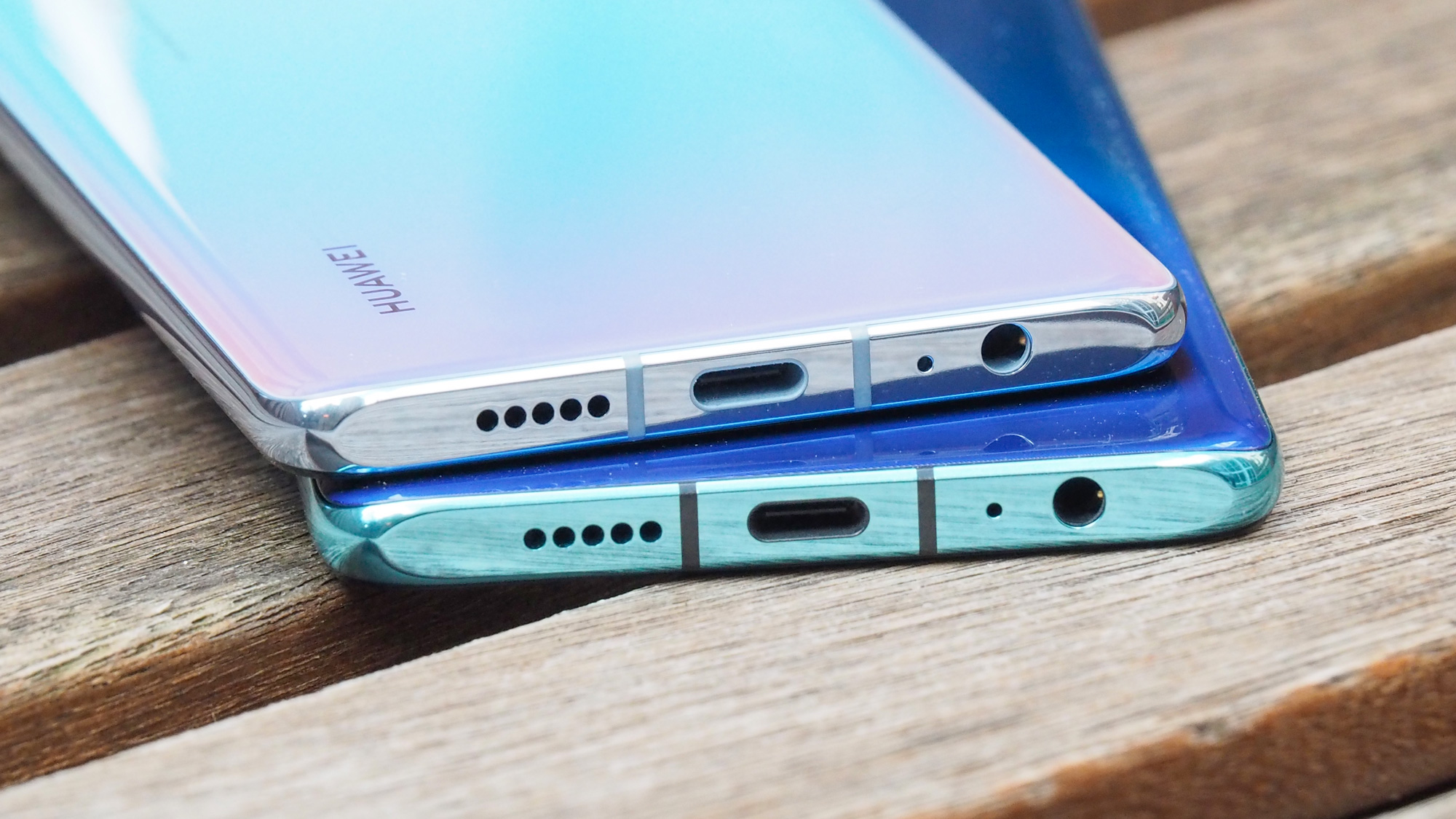
The P30 can produce sound at a decent volume, but as I found when listening to some Spotify playlists of chilled-out jazz one Sunday afternoon, the quality isn't the best. The speaker lacks depth in the bass and puts unwarranted focus on the percussion. This is probably the weakest part of the phone, which is a great pity because nothing else on the phone is below par.
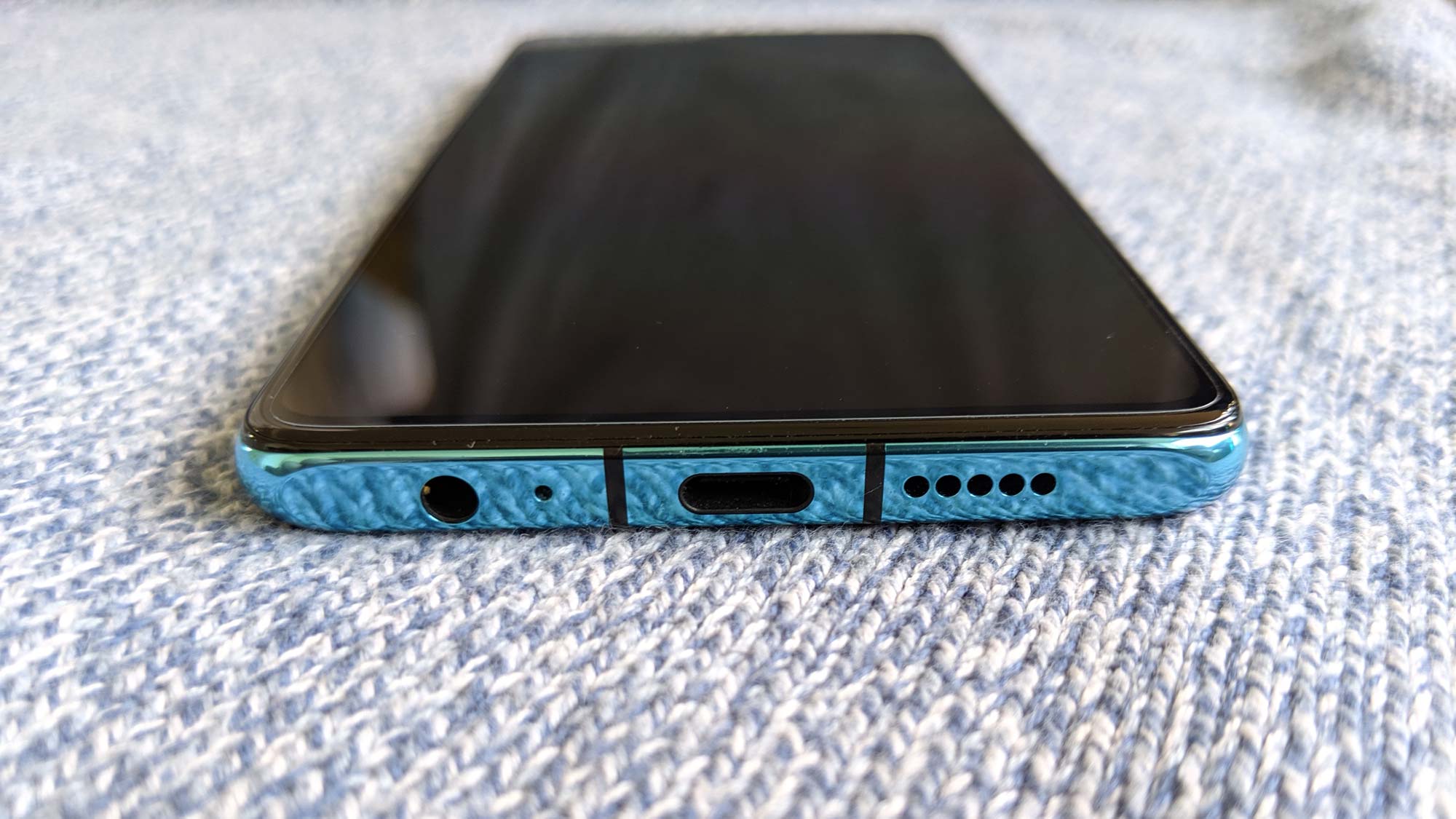
Fortunately, you get the options of USB-C, Bluetooth or 3.5mm headphone jack (the jack not being present on the P30 Pro) to link your personal audio products. There's a pair of USB-C headphones in the box, too, should you need them, but you're better off using your own kit.
Cameras: Some trade-off from the P30 Pro
Even though the P30 lacks a "Pro" in its name, it's important to stress that the cameras you get with this model are still very effective. You get the same 40-MP "super-spectrum" sensor found on the P30 Pro, which uses a RYYB sensor instead of an RGGB one to capture more light in your photographs, and an identical 32-MP front camera. too.
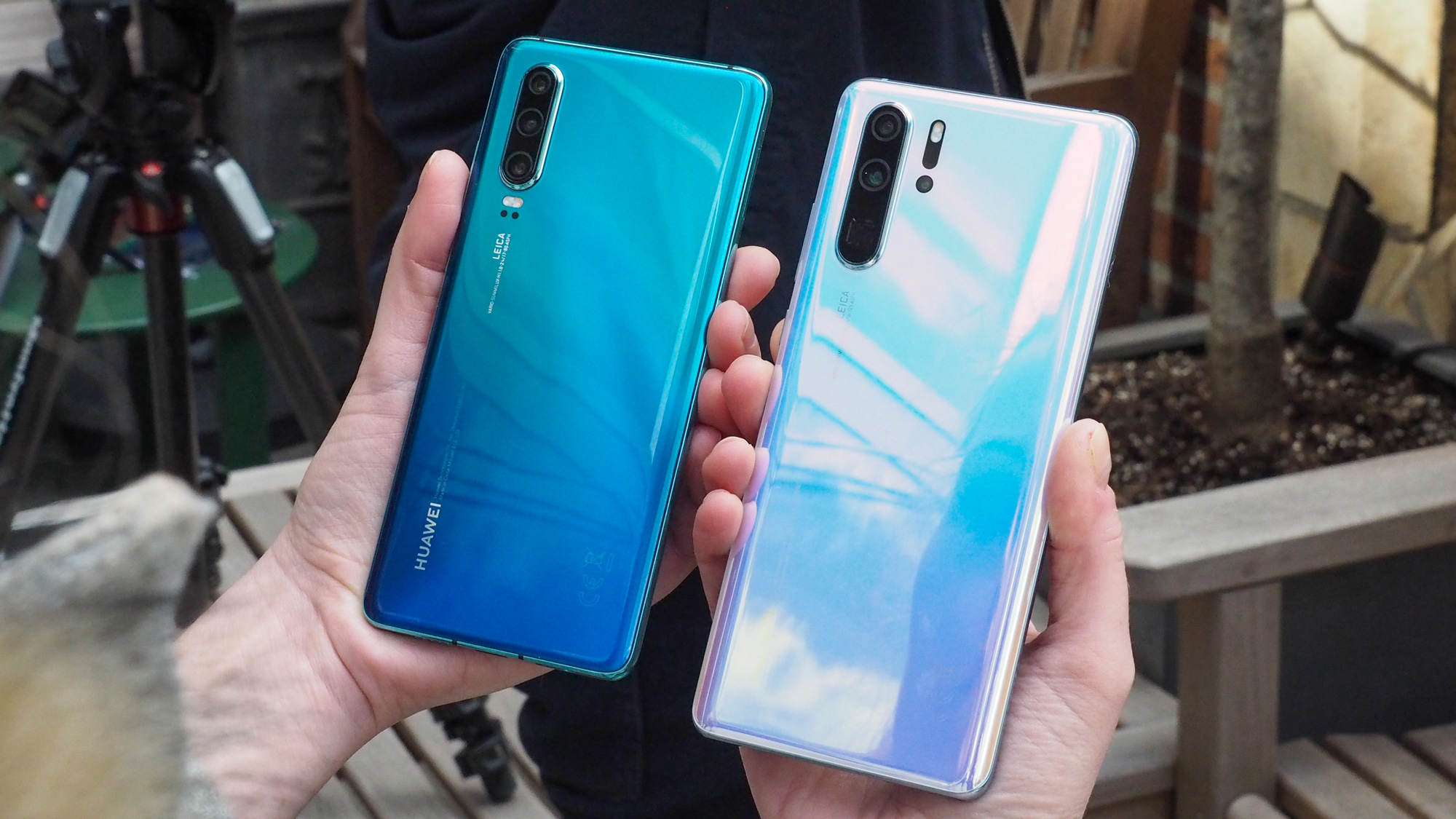
The P30 includes ultrawide and telephoto lenses on its back, too, but they aren't the same as the P30 Pro's. The zoom is capable of 3x optical, 5x hybrid lossless zoom and 30x maximum zoom, instead of 5x optical, 10x hybrid lossless and 50x maximum. The wide lens also has a less powerful sensor (16MP instead of 20MP), but it is otherwise the same as the one on the Pro.
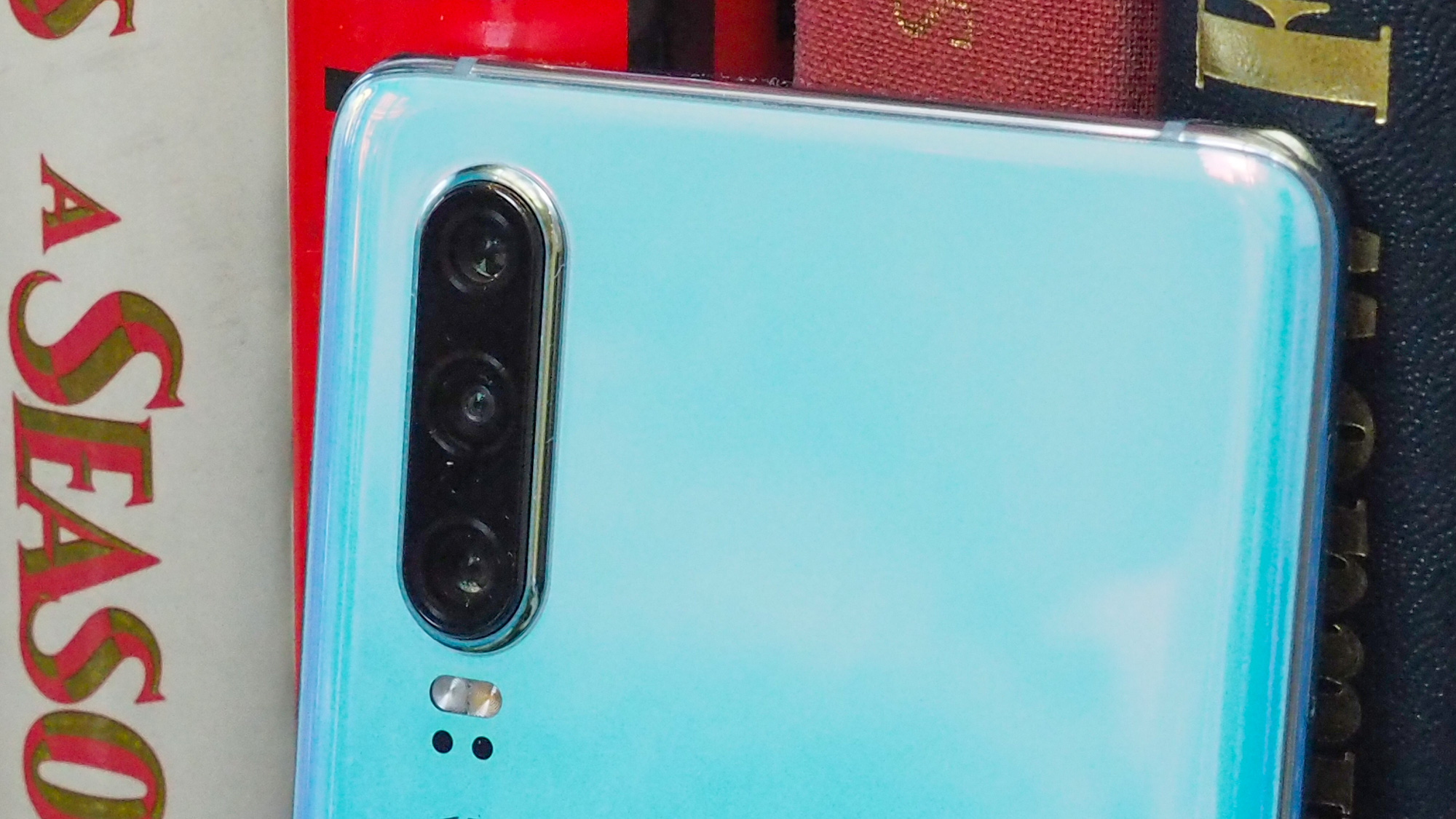
The only thing you miss out on with the P30 is the Pro's time-of-flight (TOF) sensor. It means any bokeh portrait shots you take won't be quite as good, but comparing shots taken by the two phones shows there isn't too much of a difference.
The hypersensitive sensor on the P30 makes images much brighter than our comparison smartphone, a Google Pixel 3, when the sky is cloudy. In these images, in London's Hyde Park, the P30 helps keep as much light in your pictures as possible. The green of the lawns looks far more inviting on the Huawei than on the Pixel 3, as does the brighter water and stonework of the Italian Gardens Fountain and the view over the Long Water.
When it's brighter out, you can lose some of the color through overexposure with the P30. Sometimes it can make an already pretty scene look even more appealing, such as these shots taken at Trafalgar Square.
However, as the picture of coffee and a brownie square show us, sometimes you can make things look worse when increasing brightness, making an appetizing afternoon treat look uninviting on the P30 while looking delicious on the Pixel 3.
There's a Pro Mode in the Camera app on the P30 that will let you have more control over the settings, but if you're just taking casual snapshots like these, that extra light can prove to be a hindrance.
MORE: Best Camera Phone 2019
Zooming in on the two statues of Admiral Nelson and King Charles I is easy enough on both the P30 and the Pixel 3, although the Huawei could happily keep going far beyond the 3x setting I used. The P30 manages to capture the sculptures' detail both on the well-lit and darker areas. The Pixel 3, in comparison, does better with the shadowy parts, but makes the lighter sections too bright.
The 32MP selfie camera of the P30 produces a lovely image, but the post-processing makes it feel a little cold. It's probably a more honest portrayal of my face than what the Pixel 3 would capture, but I prefer the Google phone's warmer tone.
Overall, the P30 is a great camera phone with the misfortune to be perpetually compared to an exceptional one, the P30 Pro. You won't be shooting class-leading long-distance or wide-angle photography, but the times you are really going to miss the Pro’s extra versatility are quite rare.
Performance: Lots of RAM helps
Like the P30 Pro, the P30 runs on the Kirin 980 processor, aided by 6GB RAM, although there is an 8GB version in some markets. The 6GB version I had didn't lack power, as the memory and octa-core chip propelled me through my daily tasks with smooth speed. Using the Geekbench 4 benchmarking tool, the P30 managed a CPU multicore score of 9,728. This is 4 points more than the P30 Pro we tested managed, which is likely due to small differences between individual processors. It's still behind the Galaxy S10e's 10,513 or the iPhone XR’s 11,312, but chances are you're not going to notice the difference.
MORE: The Best Phones for Gaming
Trying out Hitman Sniper caused the phone to warm up slightly at the top, where I assume the Kirin chip is located. But it’s barely noticeable, and the output is responsive and smooth. Fortnite definitely caused more heat as I played through a round, but the phone was still a comfortable temperature to hold throughout the (short) time I was attempting to become the last man standing. And the P30 again showed no sign of trouble dealing with the game's performance demands.
Battery Life: Long-lasting, quick to charge
The 3,650mAh cell within the P30 is, unsurprisingly, not as good as the P30 Pro's, which has a 4,200mAh capacity and is one of the longest-lasting smartphones we've tested. However, with an estimated talk time of 28 hours, that's still plenty of time to use the phone.
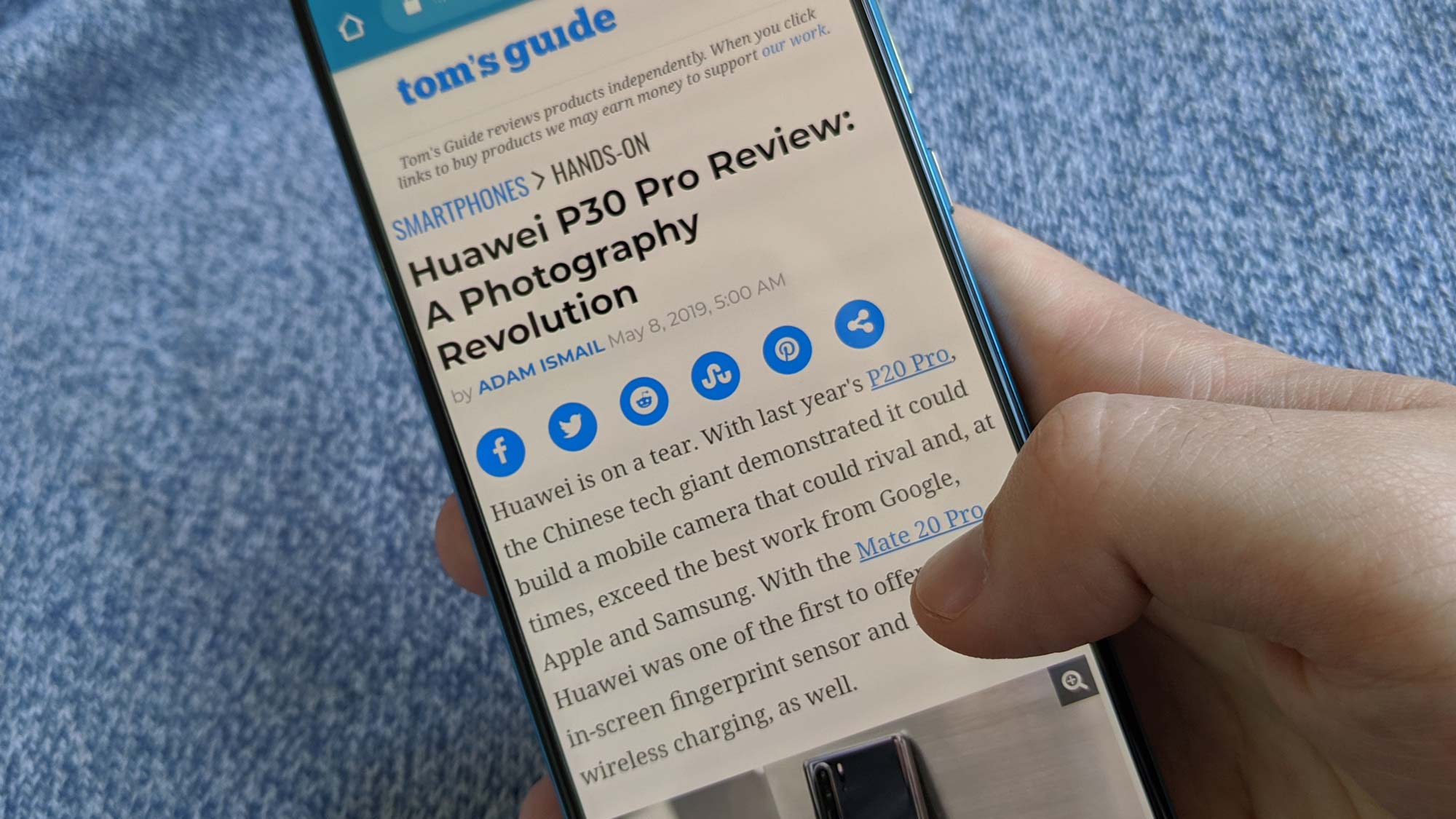
My own use can back this up: I regularly returned home after a full day at work and a social engagement in the evening to find that the P30 was still over 40% full, even after a day of numerous social media checks and multimedia playback. If you were a little more careful with your power consumption, you could easily go two days without charging the P30.
MORE: Best Phone Battery Life - Longest Lasting Smartphones
The P30’s battery fills up quickly, too. Huawei's 40W Super Charge system means you can easily fill the battery in under an hour, or up to 66% with 30 minutes of charging. There's no wireless charging option for those of you seeking to embrace the cableless future, but with the excellent charging speeds and power consumption, it's hard to hold that against the P30.
Software: Too much bloat
Huawei's take on the Android 9.0 Pie base is all right. There are as many bloatware apps as you'd find on a Samsung phone, but Huawei's apps seem to bother you slightly more with notifications. It's easily fixable in the options menu if you lack the patience to swipe them away.
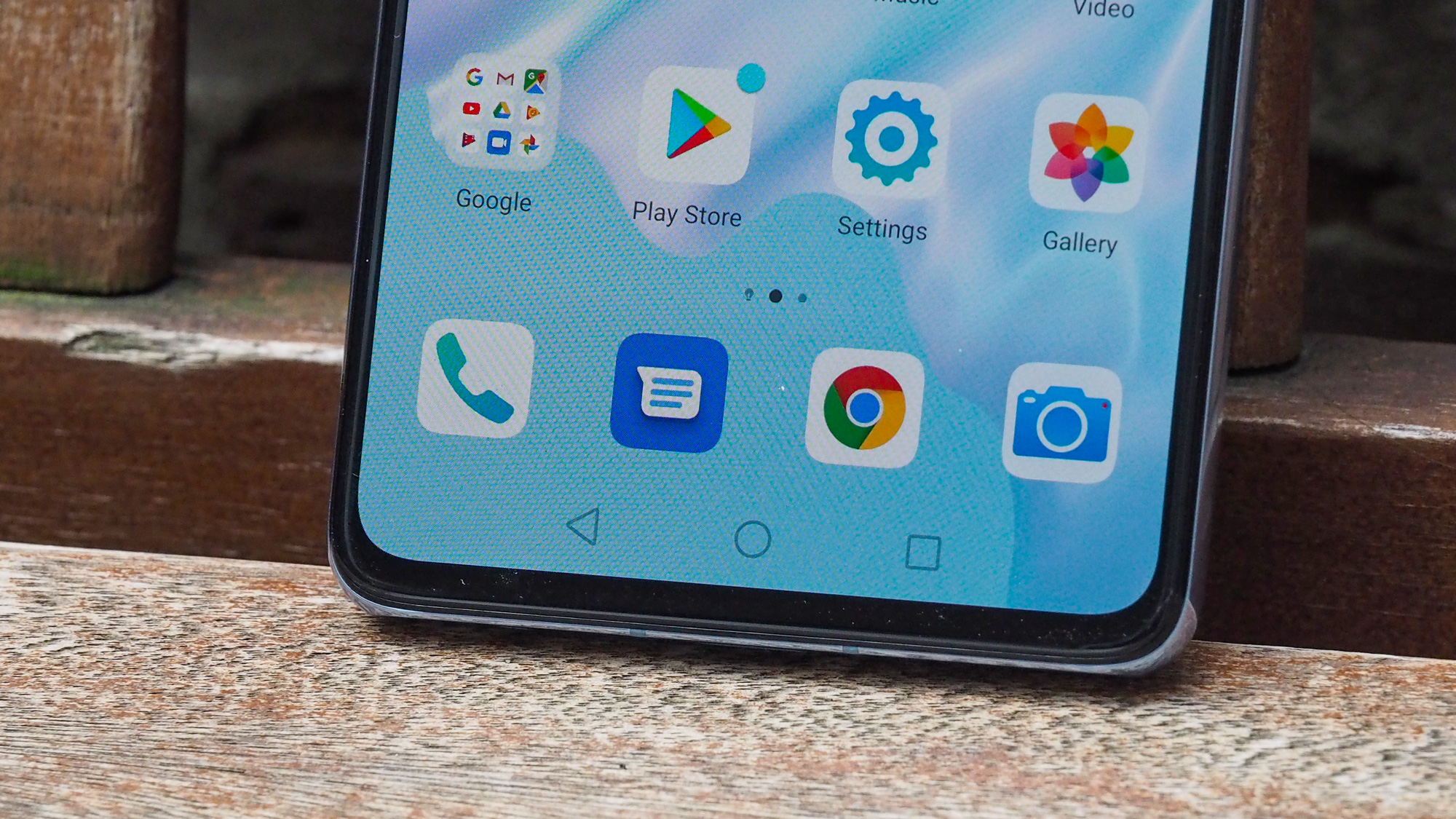
Other than this, you've got all the Android functions you'd want, including an option to enable an app drawer, which is a welcome sight. There are a few special abilities, such as Huawei Share, which lets you easily send files back and forth between your compatible Huawei devices. And if you have a pair of Huawei's FreeLace earphones, you'll be able to use the features locked off from other users, such as quick plug-in pairing.
MORE: Best Smartphones on the Market Now
You have the option to control the phone either with virtual buttons or swiping gestures, both of which work just fine, as well as some more advanced gestures requiring you to tap on the screen with your knuckles. One unique feature is the navigation dock. This adds a movable virtual controller to the screen, which allows you to perform the controls bound to the edge of screen swipes by using it as a sort of button/joystick hybrid. I didn't take to this method of control, but I can see the benefit of it if your hands are small or you have mobility issues that would make either of the main options difficult to use.
Bottom Line
The gap between the P30 and P30 Pro looks more significant on paper than it is in reality. If, as it is for most of us, the price is a consideration for your new smartphone, then be assured that where it counts, the P30 is all-around just as good without having the "Pro" label attached. You won't miss the extra zoom power and ToF sensor unless you're a massive photo enthusiast. The P30's performance is almost identical to the P30 Pro, and the smaller frame might even be preferable to some users.
The P30 suffers by being a difficult phone to get a hold of in the U.S., and you can get better sound and user interfaces elsewhere. But the balance of performance and cost is near-spot on, making the Huawei P30 a great value for a low-tier premium smartphone.

Richard is based in London, covering news, reviews and how-tos for phones, tablets, gaming, and whatever else people need advice on. Following on from his MA in Magazine Journalism at the University of Sheffield, he's also written for WIRED U.K., The Register and Creative Bloq. When not at work, he's likely thinking about how to brew the perfect cup of specialty coffee.

